16 New Hybrid and EV Models Join 7 Fresh Additions in US Car Market
Nissan has announced its plans to revamp its range over the course of the next three years with the introduction of 30 new models as part of their “The Arc” business strategy. Of these, 16 will be hybrid and electric vehicles, while the remaining 14 will run on gasoline. A teaser video has been released, showcasing the shadowy outlines of the majority of these future cars. After careful examination, it appears that Nissan is keeping five of their upcoming products concealed for the time being.
The Arc encompasses various regional plans, including those for the United States and Canada, where Nissan has plans to unveil seven brand-new models. In the US market alone, the objective is to rejuvenate 78% of their current passenger car lineup and introduce both plug-in hybrids and e-Power models. The latter utilizes a powertrain that combines a traditional combustion engine with an electric motor, acting as a generator to supply energy to a battery that powers the motor. Similar to Mazda’s approach with the rotary engine in the MX-30, certain models like the Qashqai will have the ICE disengaged from the wheels.
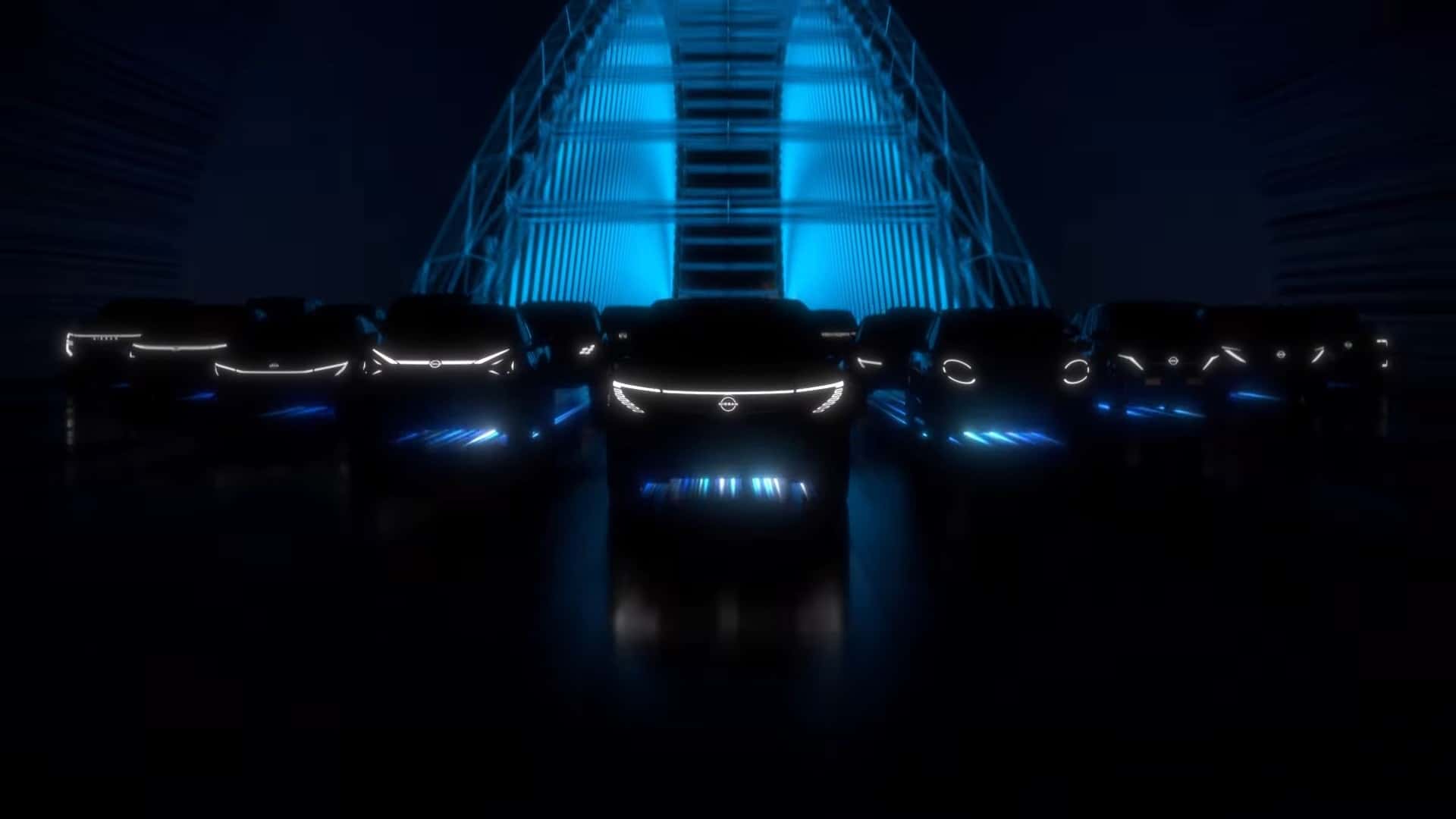
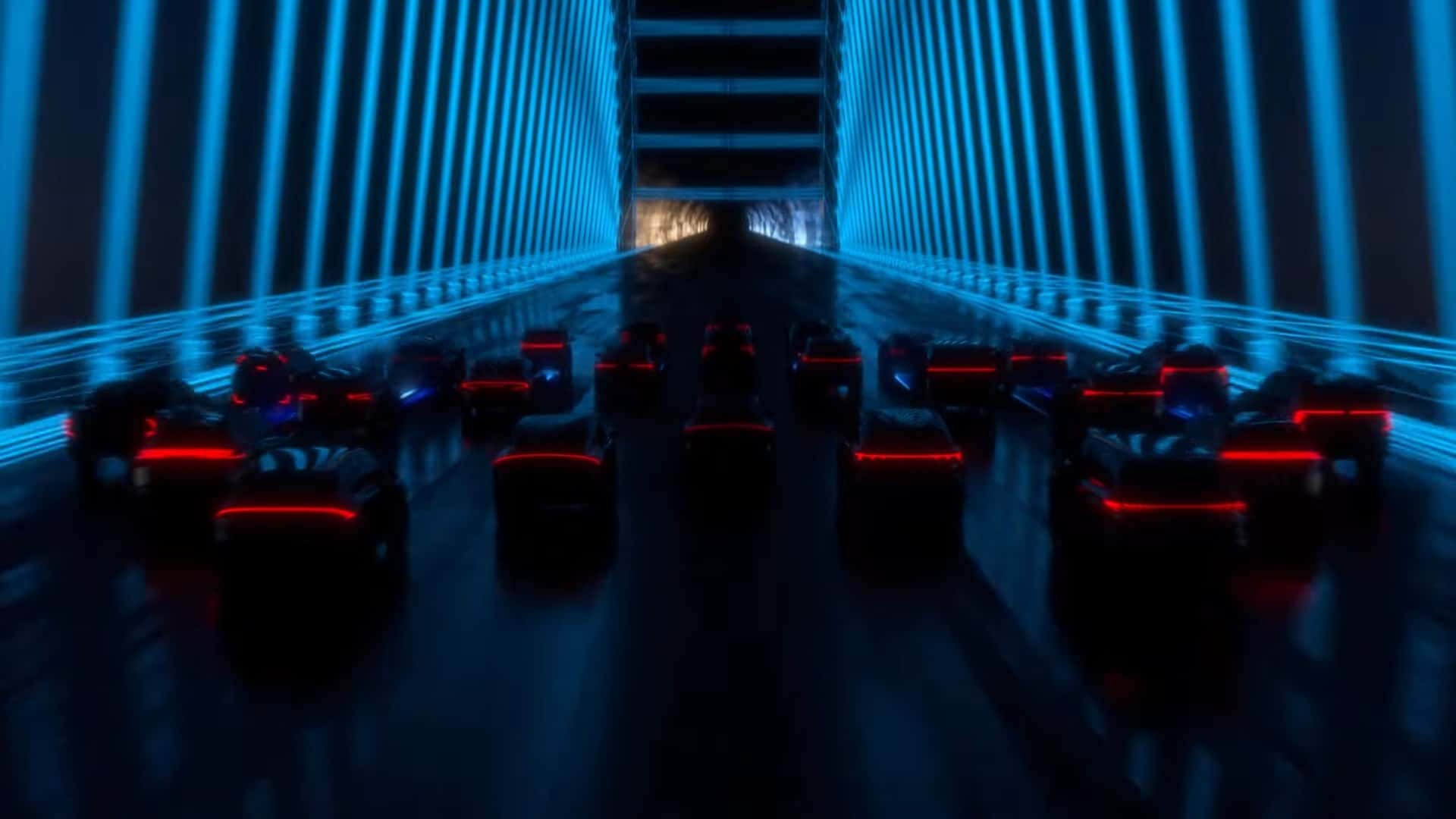
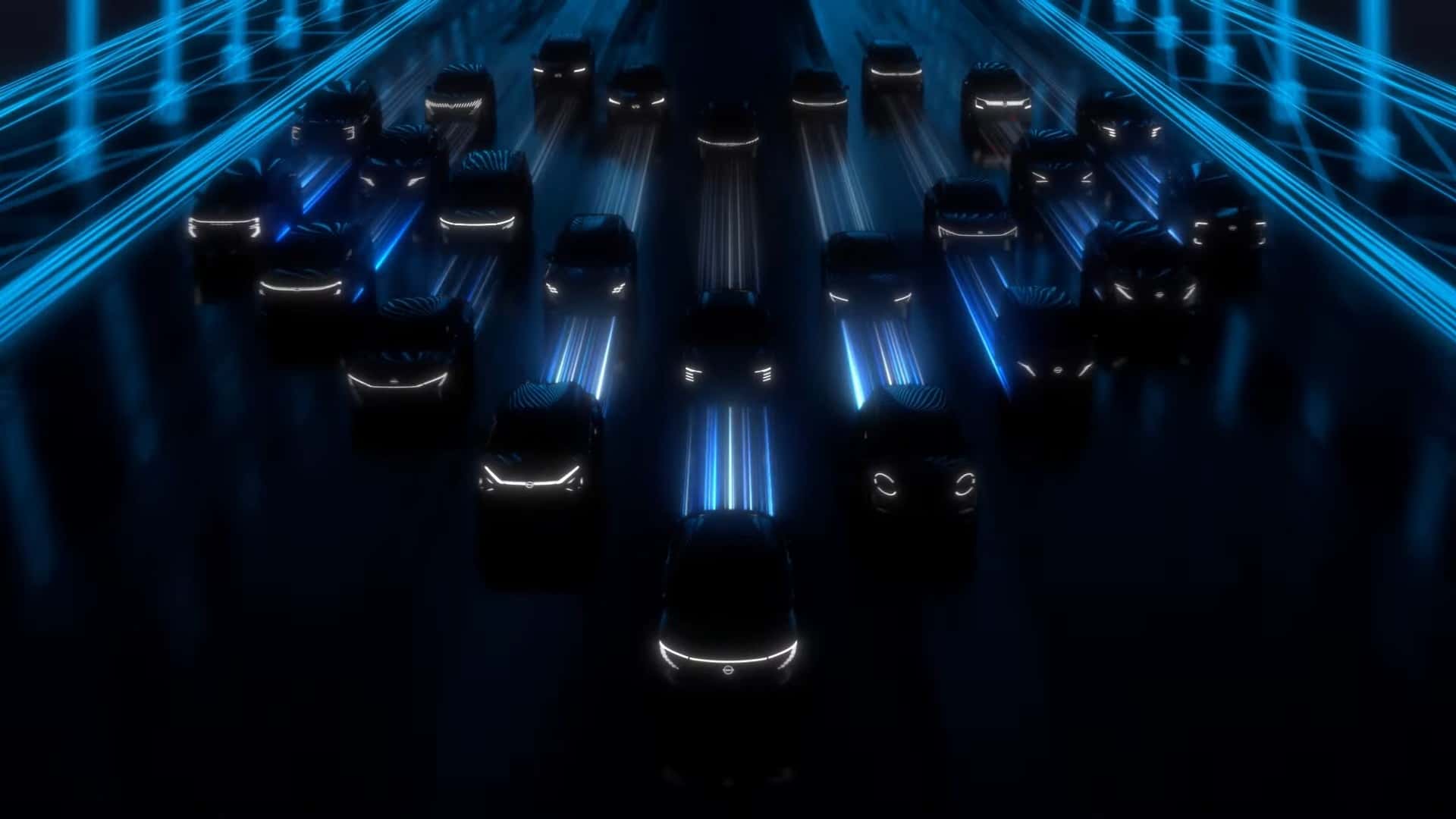
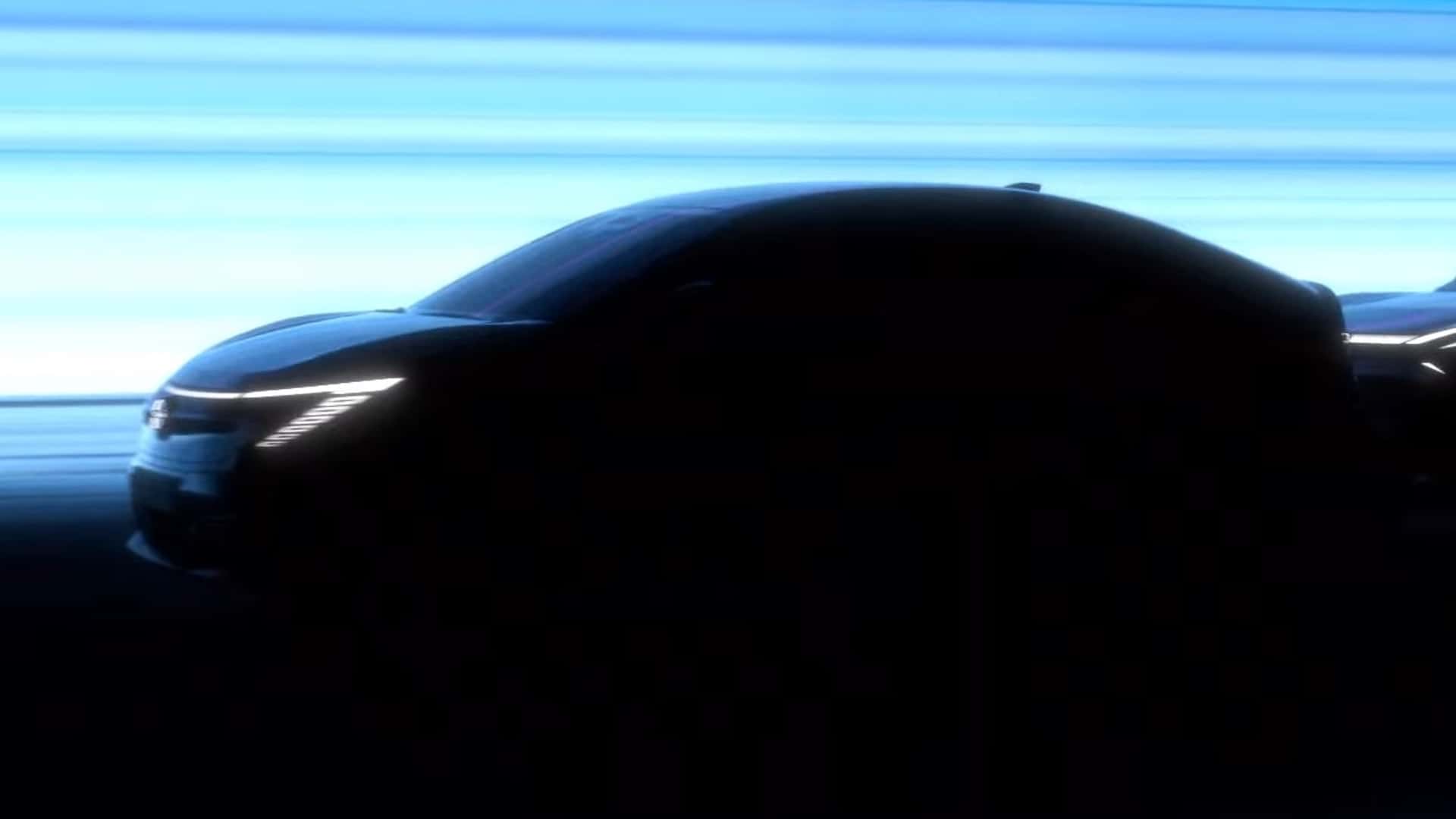

Nissan is keeping quiet about its lineup of 30 models, but it appears that their focus is mostly on crossovers and SUVs. This comes as no surprise, right? We have captured screenshots of each model. We can discern the rebadged Renault 5 in addition to a pick-up truck, likely the one-ton vehicle mentioned in the press release for Oceania. The Middle East will be getting five new SUVs, along with another two for Africa where there is also going to be a gasoline-powered A-segment car. As for Europe, the company plans to introduce six fresh models and increase the proportion of electric vehicles sold to 40 percent.
In Japan, Nissan has set a goal to revitalize 80 percent of its product range and introduce five brand new models in order to increase the proportion of hybrid and electric vehicles to 70 percent. Meanwhile, China will see the release of eight hybrid and electric models, but only half of them will bear the Nissan name. Across the world, it is expected that electrified cars will make up 40 percent of the vehicle selection by 2026-2027 and this number will further escalate to 60 percent by the conclusion of the decade.
In other areas, Nissan aims to decrease production expenses for electric vehicles by 30 percent in comparison to the current Ariya model and plans to achieve cost equality between internal combustion engine and electric vehicles by 2030. It is also progressing in the creation of improved lithium nickel manganese cobalt (NCM) batteries that will offer a charging speed 50 percent faster and energy density 50 percent higher than those used in the Ariya. Additionally, a team is actively working on the development of lithium iron phosphate (LFP) batteries with the goal of reducing costs by 30 percent compared to the Sakura EV kei car. At the same time, engineers are focusing on creating what many consider to be the ultimate battery: solid-state batteries, which are scheduled to become available in 2028 or 2029.
The Arc business plan does not provide any information regarding a potential partnership between Nissan and struggling startup Fisker. As reported by Reuters earlier this month, the two companies are engaged in “advanced talks” for a potential collaboration, with Nissan potentially investing $400 million in Fisker’s truck platform. According to the news agency, Nissan may also produce the Alaska pickup in the US starting from 2026. While it is confirmed that Nissan is in discussions with Honda for a potential EV partnership.
There is no mention of a successor to the highly anticipated GT-R at this time. According to sources, it seems that the 2025 GT-R released in Japan will mark the end of the R35 model. Nissan has suggested that their Hyper Force concept, which runs solely on electricity, may potentially be manufactured by the end of the current decade.
Source: Nissan
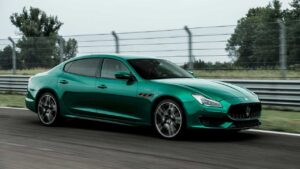




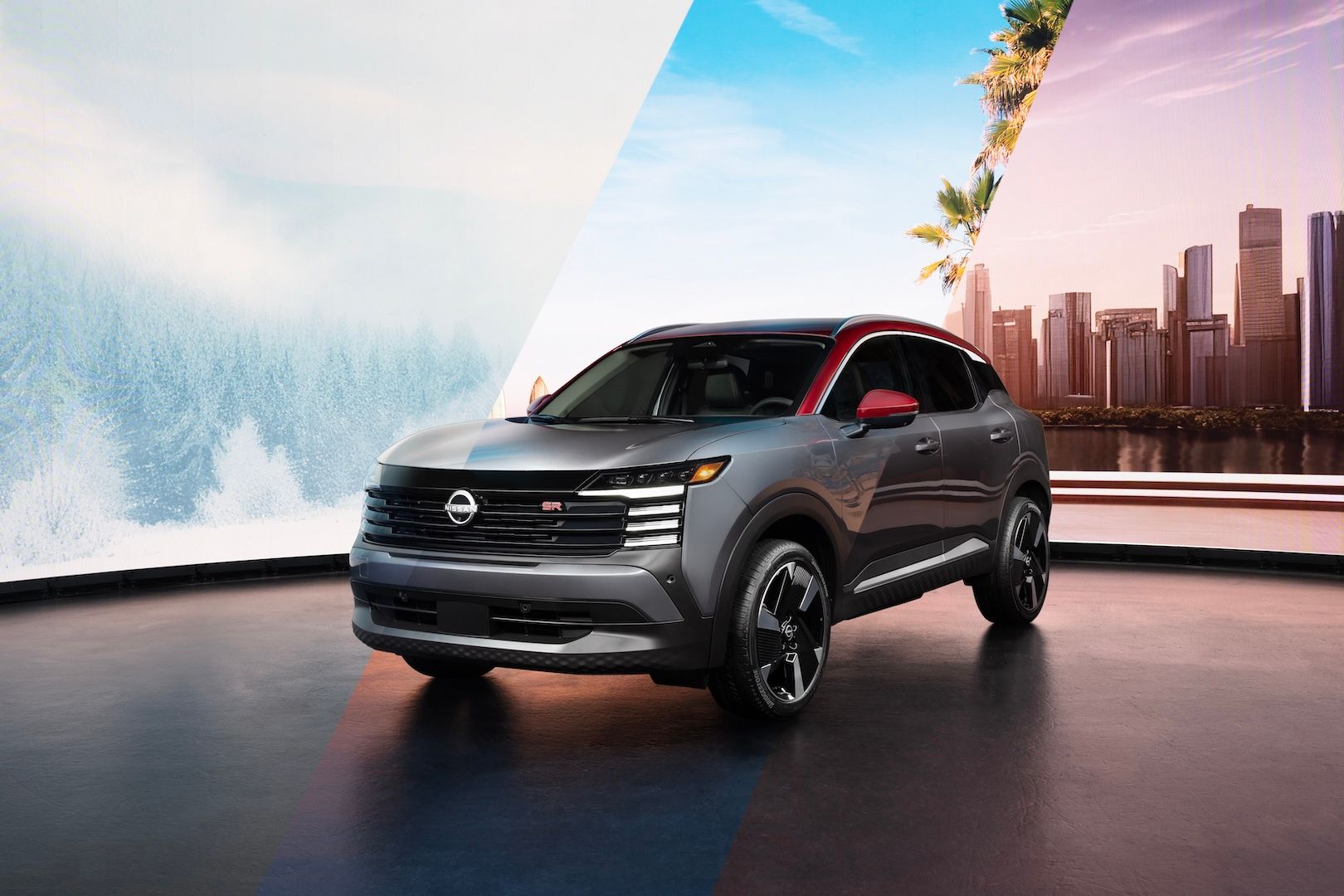

https://himchanchan.tistory.com/1749
강남콜걸
이태원스웨디시안마게이클럽
이태원스웨디시안마게이클럽
수원출장샵
수원출장샵
강남안마시술소중계업체
대전세븐나이트
이태원스웨디시안마게이클럽
대전세븐나이트
대전호박나이트
수원출장샵
대전세븐나이트